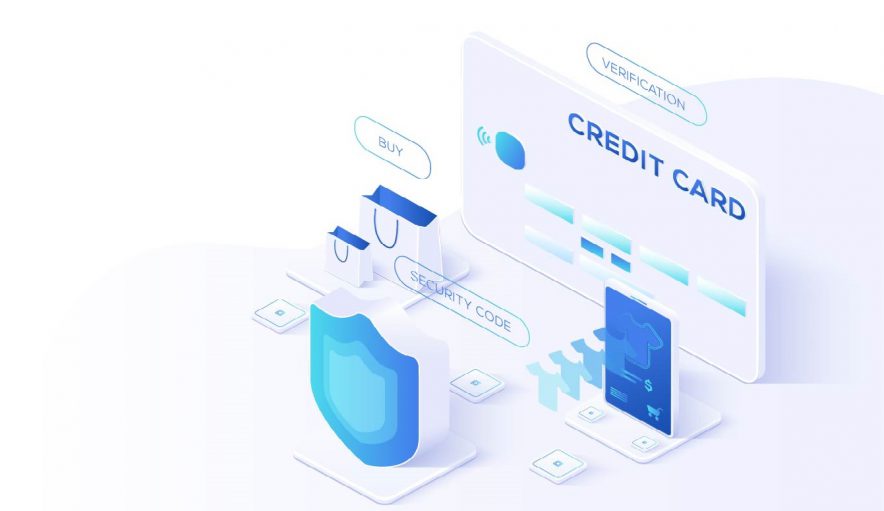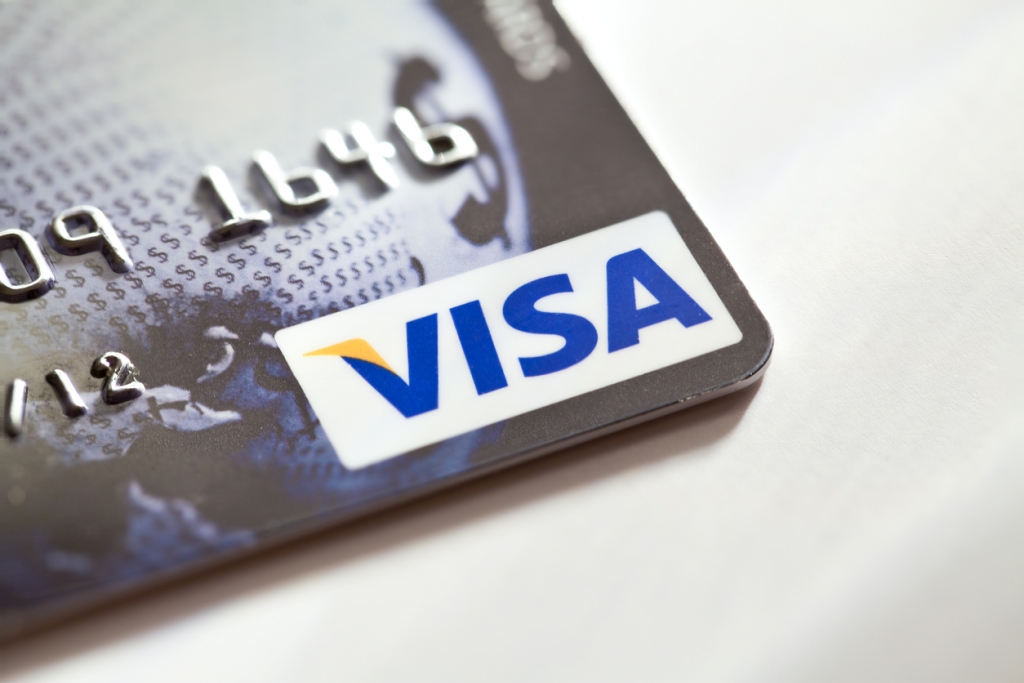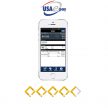
Interchange Optimization: How B2B can lower credit card processing rates.
(3-minute read)
Lowering the costs for credit card acceptance is a win for any business.
Entrepreneurs can attempt to cut down costs by negotiating a better rate with their merchant provider or switching to a new one.
But B2B businesses have a unique advantage.
If you’re B2B, this one hack to can save you up to 40% in processing fees every month.
The Basics
You first need to know interchange.
Interchange rates are the fees charged by credit card companies (Visa/MasterCard, Discover, Amex, etc.). Every time a card is run, the associated brand takes a small percentage of the transaction, which makes up the bulk of your monthly processing fees.
This “hack” focuses entirely on lowering interchange rates – which can save businesses hundreds and sometimes thousands in monthly fees.
The Problem
B2B customers often make purchases with corporate, commercial and purchasing cards.
Take a construction company for example. The general contractor may issue a few company purchasing cards to their employees to pick up materials from suppliers.
Interchange goes way up for these corporate card types.
Sometimes 1%-2% higher than average interchange rates.
High ticket sales are also common in the B2B landscape. So these high interchange rates could be costing thousands of dollars on a single transaction.
The Solution
Simply put, interchange on corporate, commercial and purchasing credit card transactions can be cut down.
It all comes down to passing more information to the credit card brands.
Common credit card transactions pass a set of basic information about the cardholder and merchant. This common set of data is referred to as Level 1 (L1) data and only includes information such as:
• Card number
• Expiry date
• CVV2
• Zip code
• Total purchase amount
• Transaction date
• Merchant category code
• Supplier/retailer name

But there are two more levels of B2B data.
Passing high-level data makes the sale more secure.
The more secure your transactions, the less risk there is to the credit card companies.
Which they, in turn, reward you by lowering interchange.
This other data is known as Level 2 and Level 3 (L2 & L3).
L2 Data includes:
• All L1 Data
• Sales tax amount
• Customer’s accounting code
• Merchant’s tax ID number
• Applicable minority
• Sales outlet ZIP code
L3 Data includes:
• All L1 and L2 data
• Quantities
• Product codes
• Product descriptions
• Ship to ZIP
• Freight amount
• Duty amount
• Order/ticket number
• Unit of measure
• Extended item amount
• Discount indicator
• Discount amount
• Net/gross indicator
• Tax rate applied
• Tax type applied
• Debit or credit indicator
• Alternate tax identifier
Conclusion
As mentioned earlier in this article, passing L2 and L3 data can significantly lower interchange rates.
Customers ask our sales team all the time “why don’t more B2B businesses pass L2 and L3?”
And the answer is simple.
It’s a headache.
Notice the number of items under L2 and L3?
It’s a lot of information, and to manually enter the data into a terminal is time-consuming.
Not to mention, most B2B companies have recurring customers. In most cases, the information would have to be punched in on every sale.
The Good News
There’s a better way to pass L2 and L3 data besides manually punching it in.
Automation is a crucial part of every business these days.
Preferred Payments has a virtual terminal that does just that.
L2 and L3 data are stored and auto-passed on all your transactions.
You can click here to learn more about how the B2B virtual terminal works.
Ready to get started?
Get in touch or create an account





